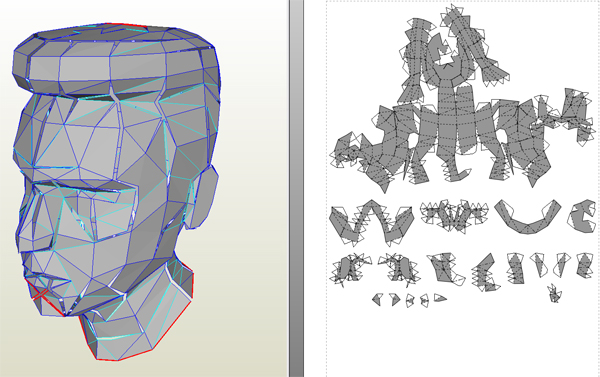This week I continued working with the idea of SENSEable body, as a dispositive/suit that codifies and transmits NON CONSCIOUS body information. I´m focusing in the sweat meassurement, heart beat, and the eye blinking. And to simplify from the last week, I am moving to a more compact device, installed in a concrete part of the body, so that it is more usable. Since I am very interested in the eye blinking I am focusing in the head, so this week assignment has been to develope three different schemes that gather the three different sensors in the head: Next you find one of the schemes, which I will use to explain the hole idea:
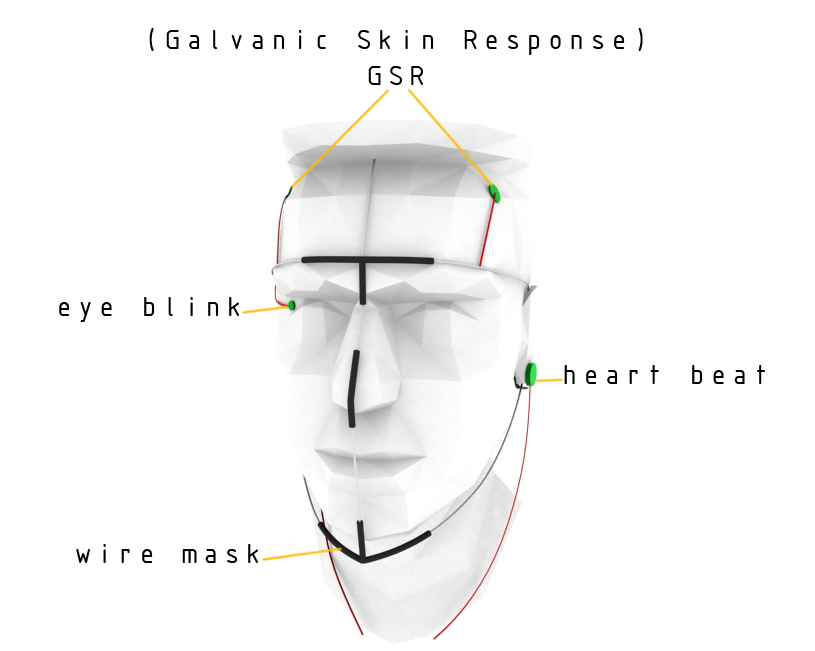
The "wire mask" is used to hold the sensors and as structure for the wiring, and it is inspired in the work by Dukno Yoon:

And continuing with the research i found different ways and examples to measure the sweat and the heart beat. A fantastic example of heart beat sensor, thanx to Cesar, is PULSE SENSOR which is where the LED shines through from the back, and there is also a little square just under the LED. The square is an ambient light sensor, exactly like the one used in cellphones, tablets, and laptops, to adjust the screen brightness in different light conditions The LED shines light into the fingertip or earlobe, or other capillary tissue, and sensor reads the light that bounces back.
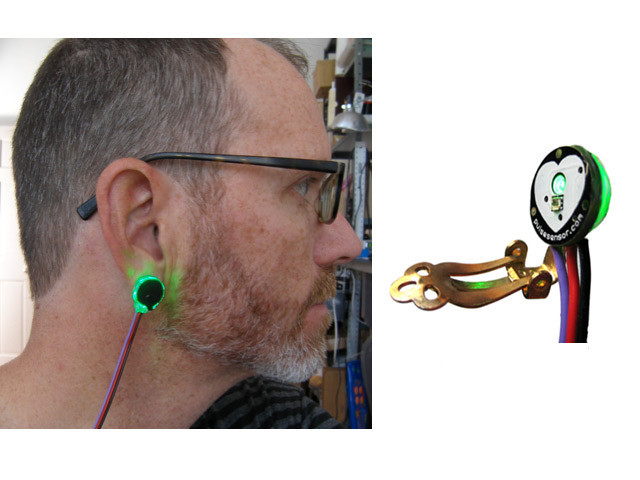
And now the SWEAT SENSOR Each pulse of sweat increases the electrical conductance of your skin, and when this conductance is measured and tied to arousting stimuli, it is referred to as galvanic skin response GSR. this is a good way to measure the sweat increases and the forehead seams to be a sensitive area for this issue.
For the eye blinking, I didn´t find any source on the web, so this is a very challenging point of the project, and the most interesting one, since it looks like no one has developed it yet. There are several developments of eye tracking with cameras, but since I want a compact and very usable device, the camera is not an option, so I will figure out how to do it pasting a sensor in the eyelid. The most similar experience I found is the DAITO MANABE body hack work. At the begining I thought the music was trigered through the movements of the face, but the truth is that the music moves the muscles of the face through electrical impulses.
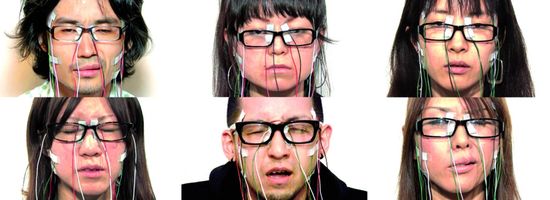
In the next images I will show the three schemes I´ve been working on this week:
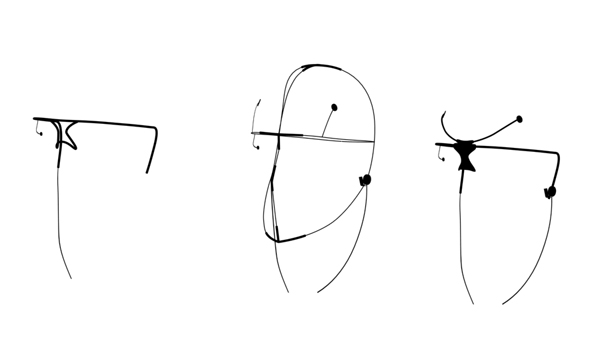
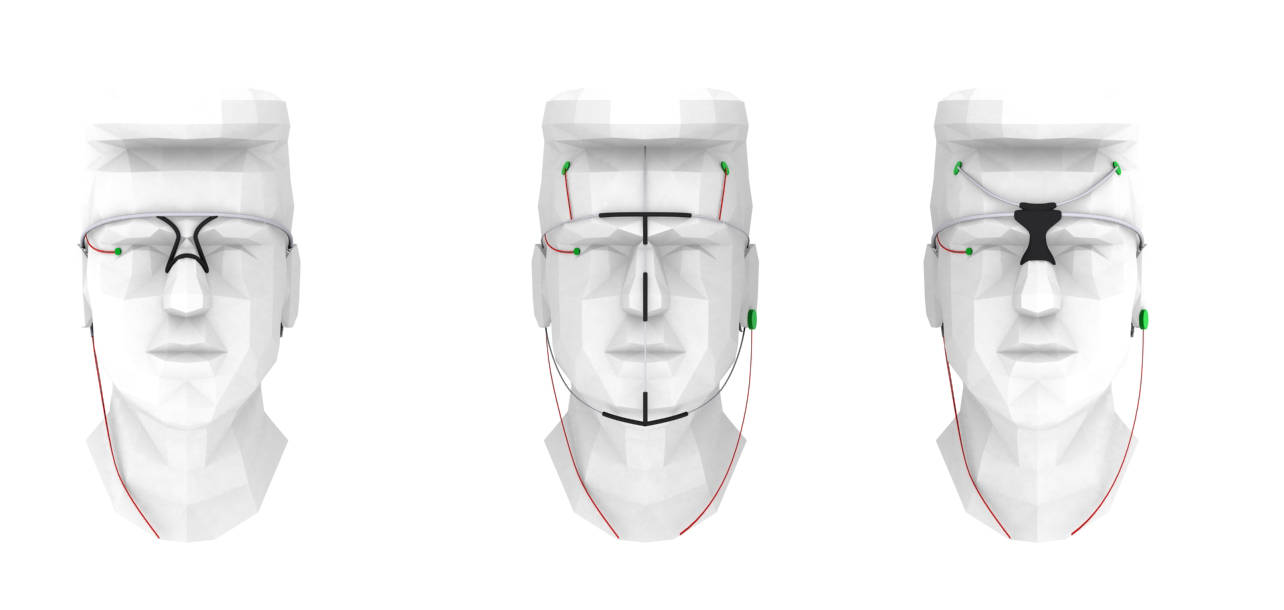

This is the link for scheme01 in .stl format.
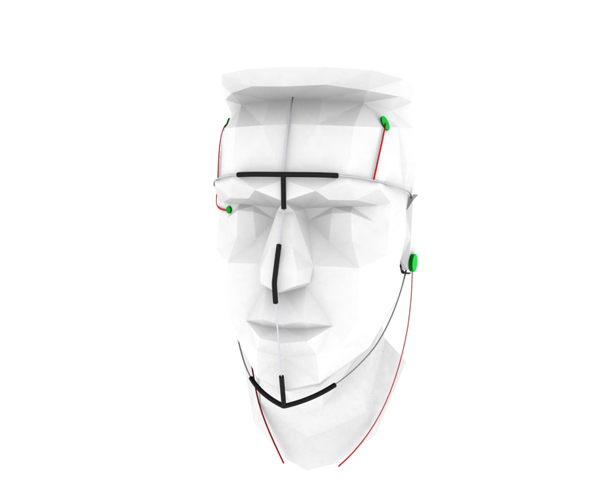
This is the link for scheme02 in .stl format.
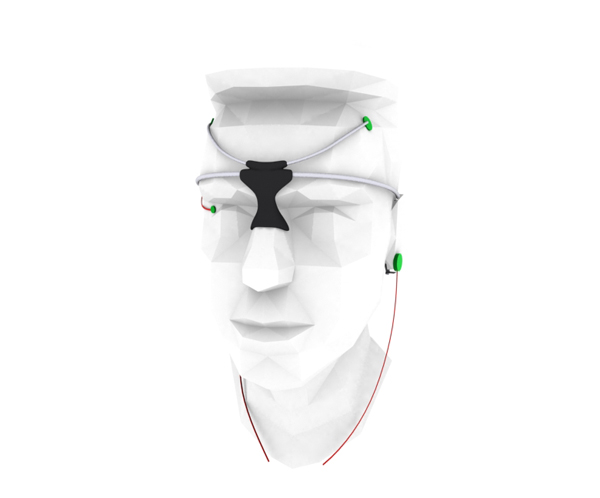
And this is the link for scheme03 in .stl format.
And here a detail of the modelling in the scheme 3. It is made in 3D studio max with the edit poly tool, shell and TurboSmooth:

This week I also place here a previous work: my head in 3D, so that I can build it the next week as the laser cutter assignment, out of cardboard. It will be also very useful using it as a bust to make the proofs on it. Continued is the hole process, For the modelling I used 3D studio Max with editable poly tool:
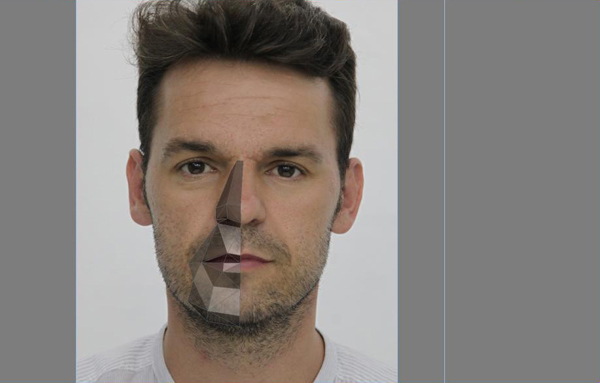
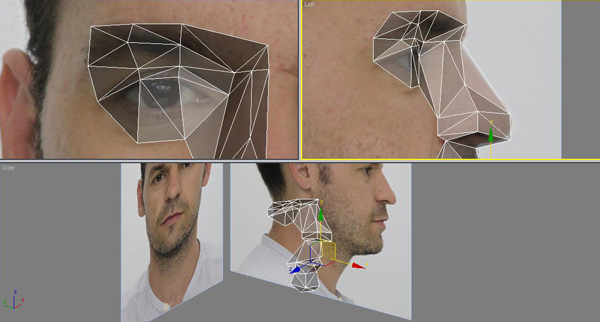
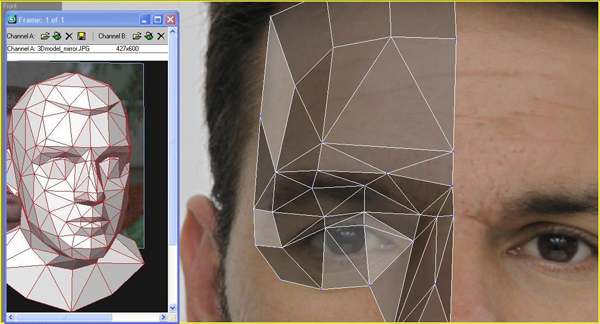
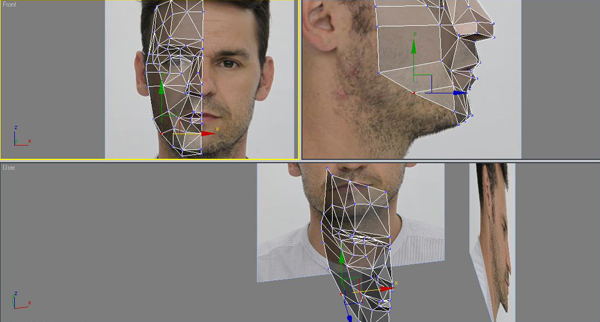

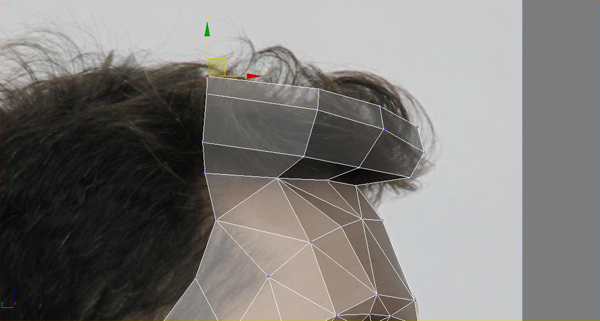
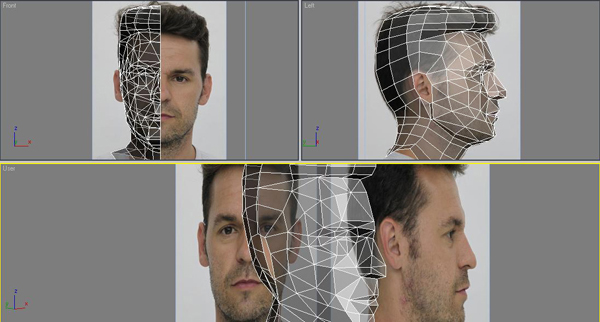
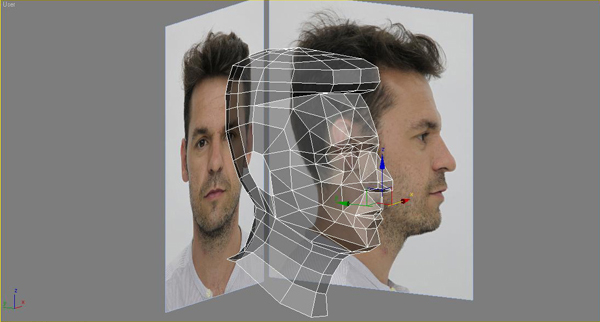
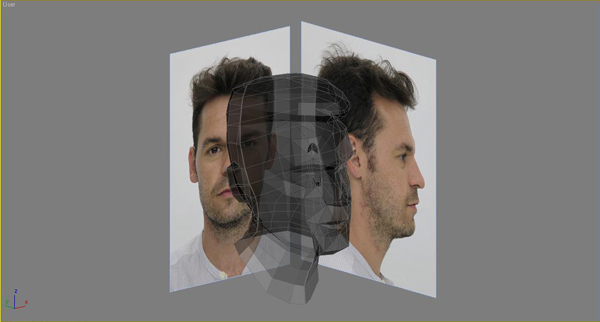

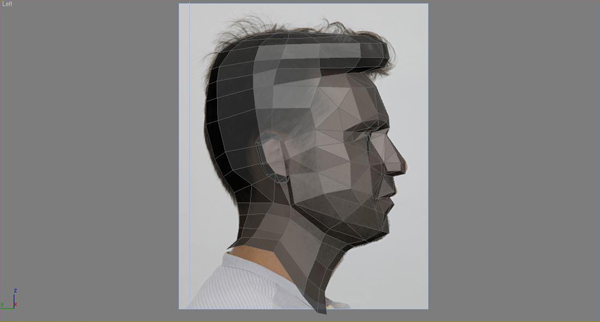
This is the link for the head mesh in .stl format.
And this one for the .3ds with the texture applied.
And the final step is to unfold the mesh in to a flat surface, so that it can be printed and cut. To do this I used pepakura:
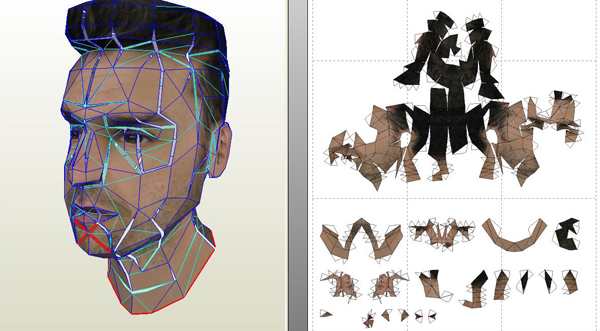
For the porpuse of this project I will use the model without texture, just blank cardboard:
